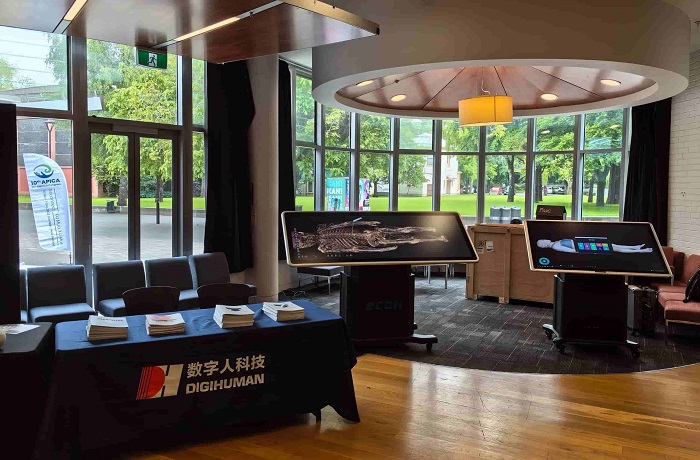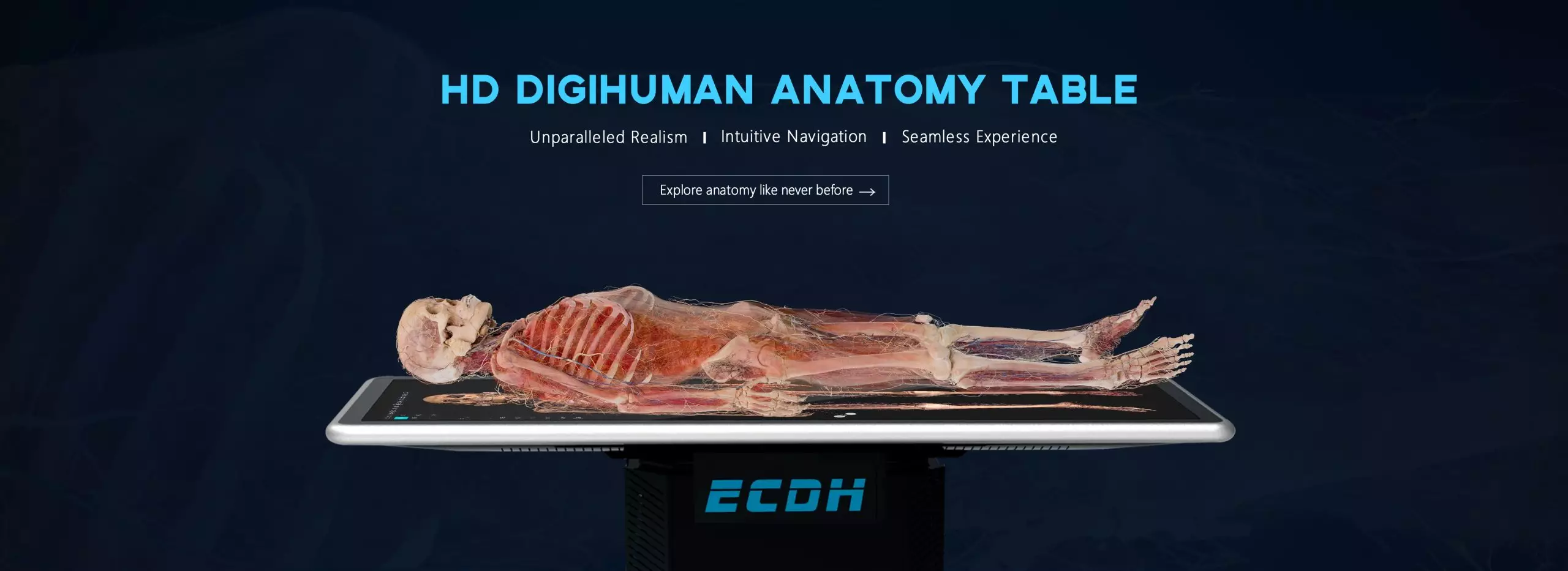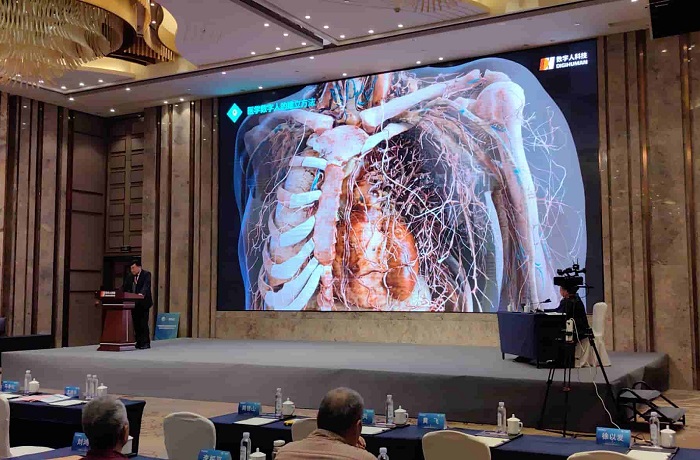
As an anatomical model manufacturer, I am proud to be part of a cutting-edge industry that is transforming the way medical education is conducted. Our company specializes in creating highly realistic and detailed models that aid in teaching anatomy and surgical procedures.
The Importance of Anatomical Model Manufacturers
Anatomical model manufacturers play a crucial role in medical education by providing students and healthcare professionals with tangible tools for learning. These models allow individuals to visualize complex anatomical structures, understand their functions, and practice various medical procedures before performing them on real patients.
Our team of skilled craftsmen utilizes advanced materials and techniques to create lifelike replicas of human organs, bones, muscles, and other body parts. These models accurately represent the intricacies of the human body, enabling students to gain hands-on experience without any risk or harm.
DIGIHUMAN: A Game-Changer in Anatomy Education
One groundbreaking innovation introduced by our anatomical model manufacturing company is DIGIHUMAN – a state-of-the-art virtual reality platform designed specifically for anatomy education. With DIGIHUMAN, users can explore interactive 3D models of the human body with unprecedented detail and realism.
This revolutionary technology allows students to dissect virtual cadavers digitally, examine individual organs from every angle, manipulate structures for better understanding, and even simulate surgical procedures. By combining haptic feedback devices with immersive visuals, DIGIHUMAN provides an unparalleled learning experience that bridges the gap between theory and practice.
Click what is a digihuman.
What Is a Digihuman?

A digihuman refers to a digital representation of the human body created using advanced imaging techniques such as computed tomography (CT) scans or magnetic resonance imaging (MRI). These high-resolution scans capture intricate details of the human anatomy, which are then reconstructed into a 3D model using specialized software.
Unlike traditional anatomical models, digihumans offer dynamic and interactive features. Users can manipulate the models in real-time, zoom in on specific structures, remove layers to reveal underlying tissues or organs, and even simulate physiological processes. This level of interactivity enhances engagement and comprehension among learners.
In Conclusion
Anatomical model manufacturers like us are revolutionizing medical education by providing realistic and immersive tools for learning anatomy. Our commitment to innovation has led to the development of DIGIHUMAN – a groundbreaking virtual reality platform that offers an unparalleled educational experience. With these advancements, students and healthcare professionals can enhance their understanding of the human body and improve patient care outcomes.

